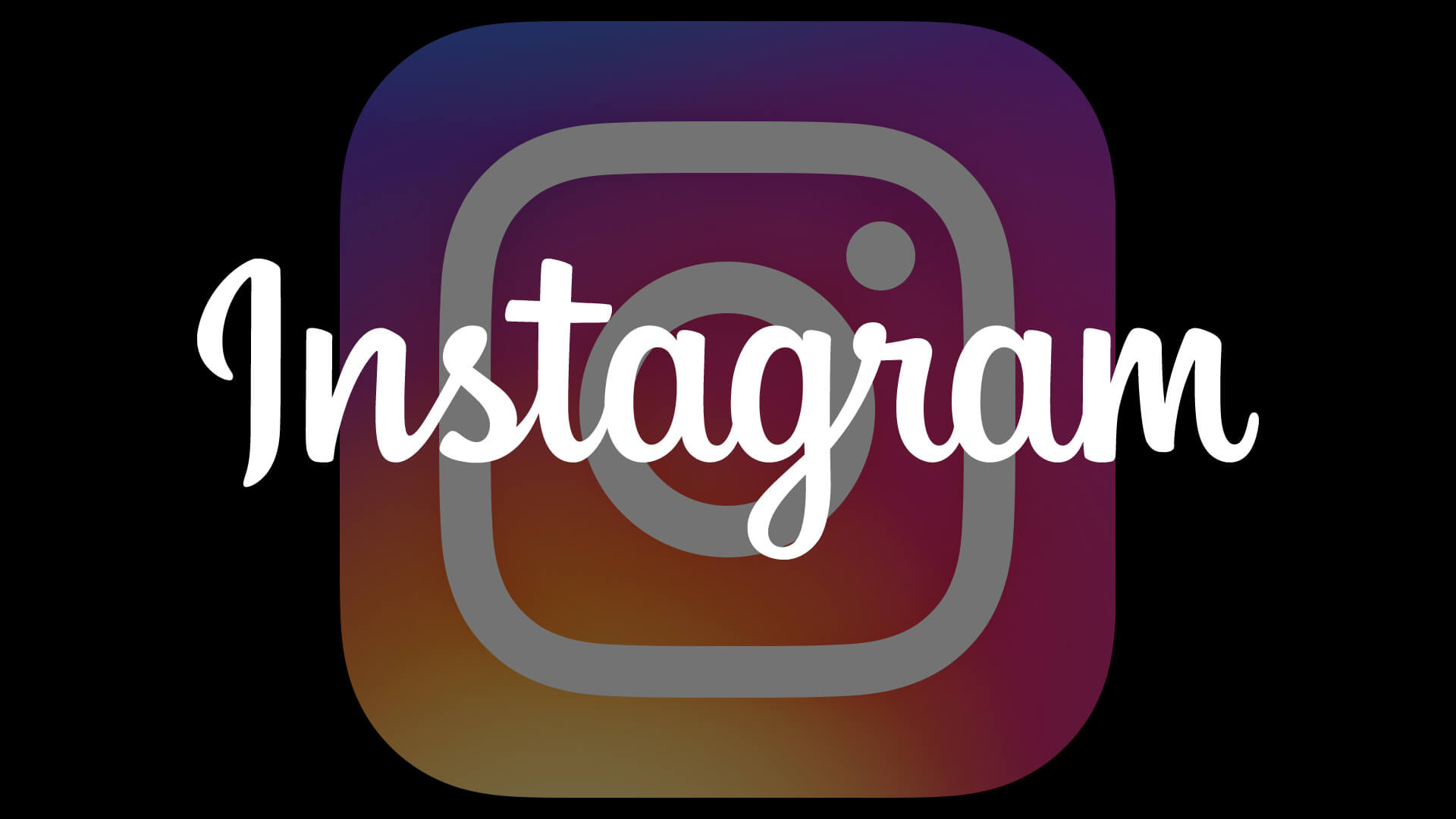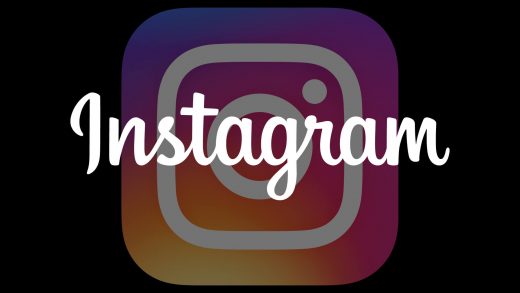The future of Instagram is spam
As more users and brands saturate Instagram, columnist and Bitly senior content strategist Blaise Lucey believes it’s time to experiment with what works on the platform and figure out how to engage your audience.

When I log onto Twitter or Facebook, it’s like a million voices cry out… and never stop talking. It can get tiresome. I don’t see updates from the people I want to see. I know that could change if I took the time to reorganize things, create a list, silence people and unfollow or unfriend others — but then what’s the point of even having the platform?
Twitter’s woes have been documented for a while now, but Facebook user engagement is reaching a plateau, too. Original content from Facebookers users has declined by 21 percent, reported tech news site The Information. So if you log on and see the same people and the same businesses and publications posting, it may be because everyone else is lurking. Or not there.
Brands are posting more social content ever, but, as I mentioned before, more content isn’t getting more results — especially when it comes to Instagram.
Instagram posts: from precious to plenty
Forrester Research found that from 2014 to 2015, top brands posted on Instagram around five times a week, and the average number of Instagram followers quintupled year over year. But engagement dropped by half.
There are two things happening here:
- Instagram is growing up from the innocent childhood of post, post and post some more to the painful, awkward adolescence of monetization. The social network changed the algorithm to reflect the moments users “care about the most” — which can make it harder for brands to gain visibility and harder still to get engagement without paying money.
- Instagram is becoming saturated with brands, users and content.
It’s easy enough to solve the first problem: run paid Instagram marketing campaigns.
The second problem is something that Facebook and Twitter are still struggling with, too. As more people use the platform, Instagram feeds are overflowing with content. Not only that, users are following a lot of accounts.
There’s one key difference, though, because user engagement on Instagram is over 50x higher than any other social network. That’s why brands need to start thinking about spamming the ‘Gram.
Spam the ‘Gram
In one study, the average Instagrammer was following 822 accounts. If you read a recommendation about how often to post to Instagram, you’ll see things like “once or twice a day.”
In the same post, you’ll probably see that it’s OK to tweet four or even 14 times a day. Twitter’s audience is far less engaged than the audience on Instagram, with an average of 0.027 percent user interactions with brands as a percentage of followers, versus 2.261 percent for Instagram. Instagram has 500 million active users now, while Twitter is around 313 million.
Yet Forrester’s research tells us that brands tweet around 18 times on average each week, compared with posting five times a week on Instagram. If you switched those numbers around, you would probably see better ROI for your social media efforts.
Brands have to stop thinking of Instagram as a secondary social channel and dig deep into the analytics for both Twitter and Instagram efforts. You might be surprised at what you find.
Measuring impact
Instagram is ripe for experimentation. Brands need to start by experimenting with cadence. Don’t sacrifice quality for quantity, but think about how you can build series of Instagram posts that keep users engaged. Study the best times to post, and keep careful track of how your audience responds to the increased cadence.
The easiest way to track Instagram ROI is to use a trackable link in your bio. You could do this easily by shortening a link to a product page or your home page, and then monitoring engagement over time (disclosure: I work at Bitly).
You could also include creative giveaways and promotions that are exclusive to Instagram, so you can tell how many people learned about the sale from Instagram specifically.
Competition is only going to increase as more users and more brands saturate Instagram. The shelf life of a post is going to shorten, and it will become imperative to fuse both quality and quantity in new ways.
Instagram is still very much an emerging platform. So now is the time to start figuring out what really works — and if it might just work better than a social channel you’ve been using for years.
Some opinions expressed in this article may be those of a guest author and not necessarily Marketing Land. Staff authors are listed here.
Marketing Land – Internet Marketing News, Strategies & Tips
(53)














